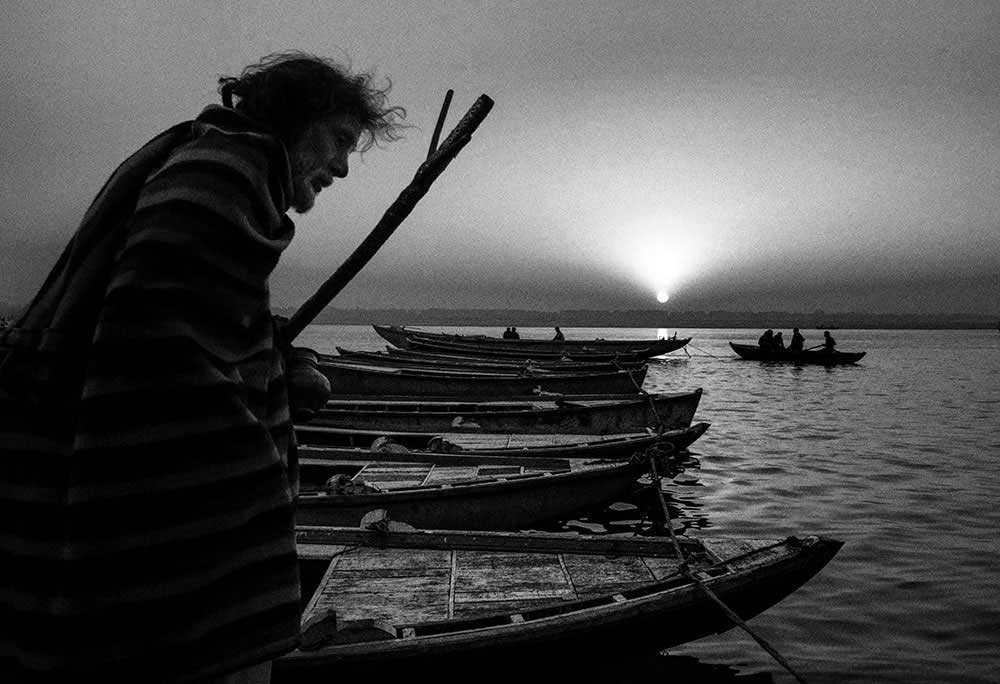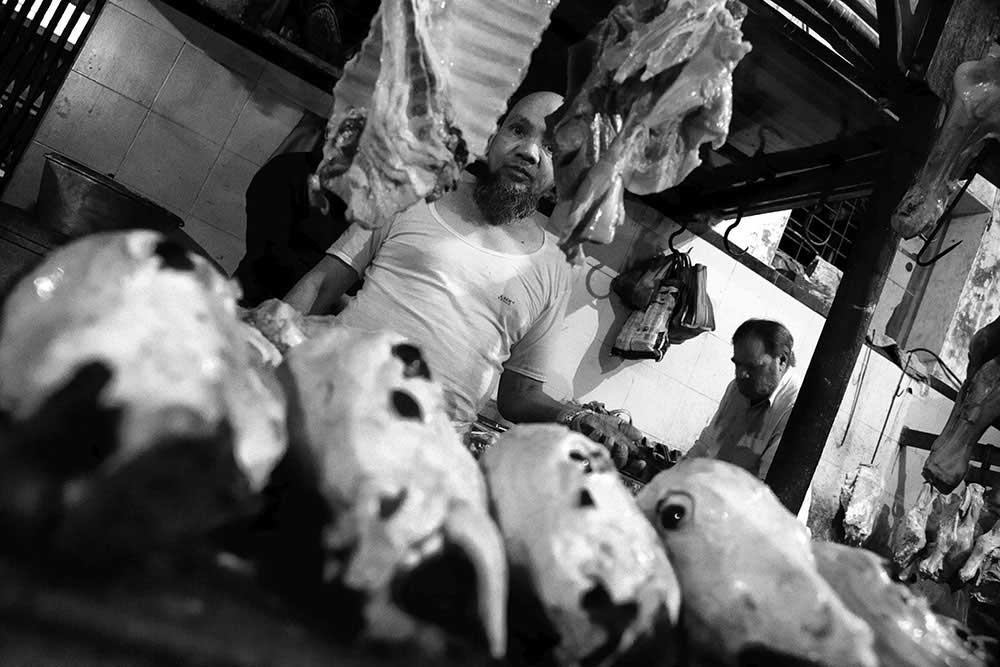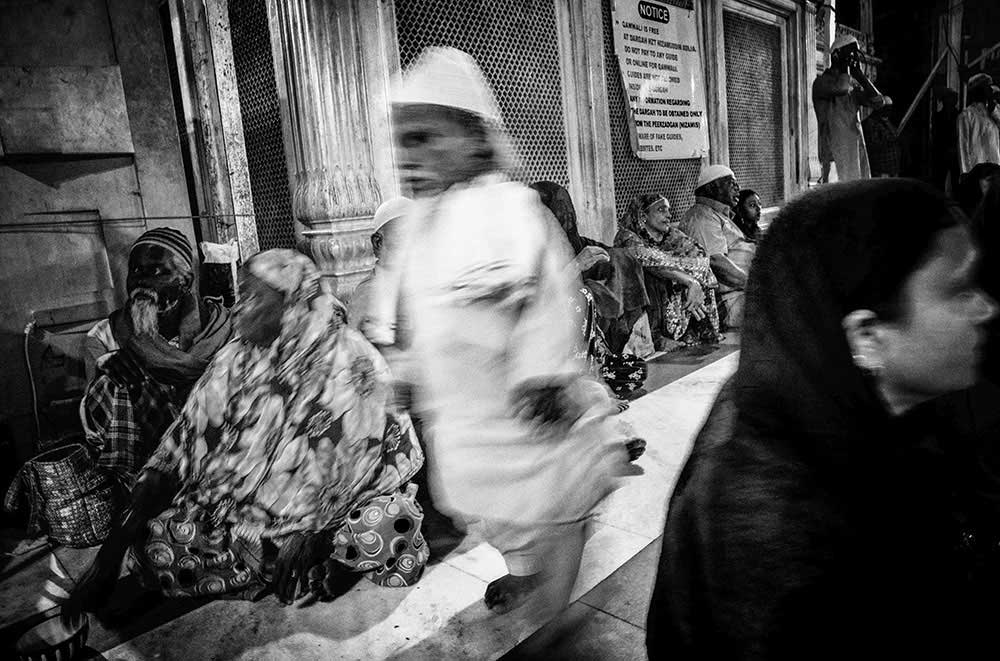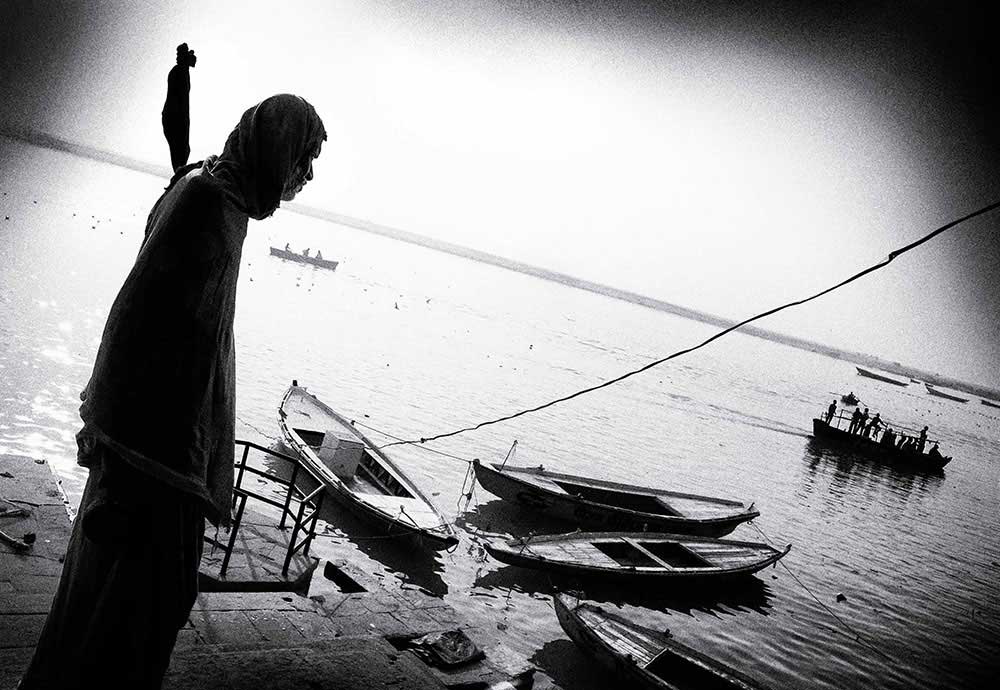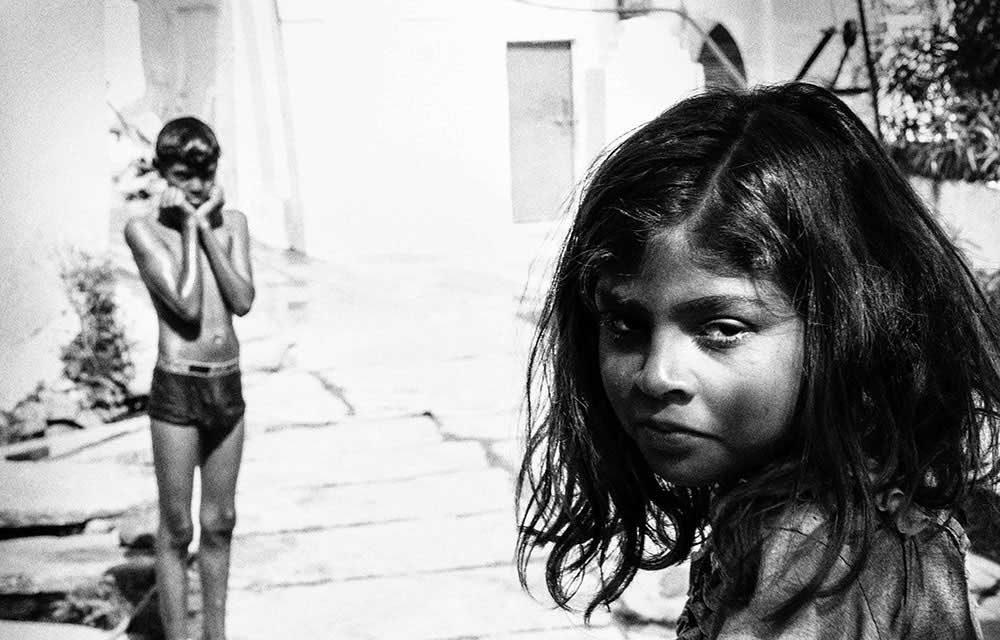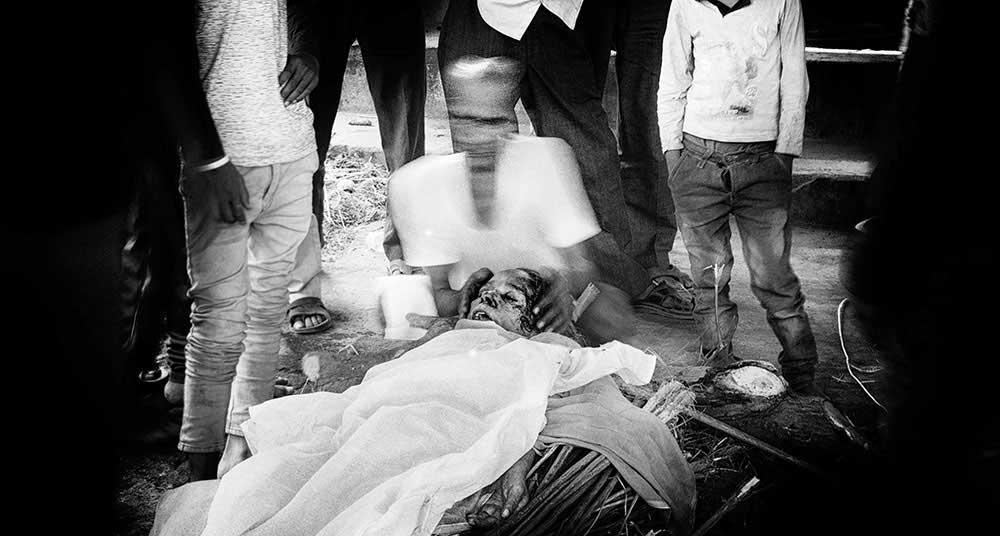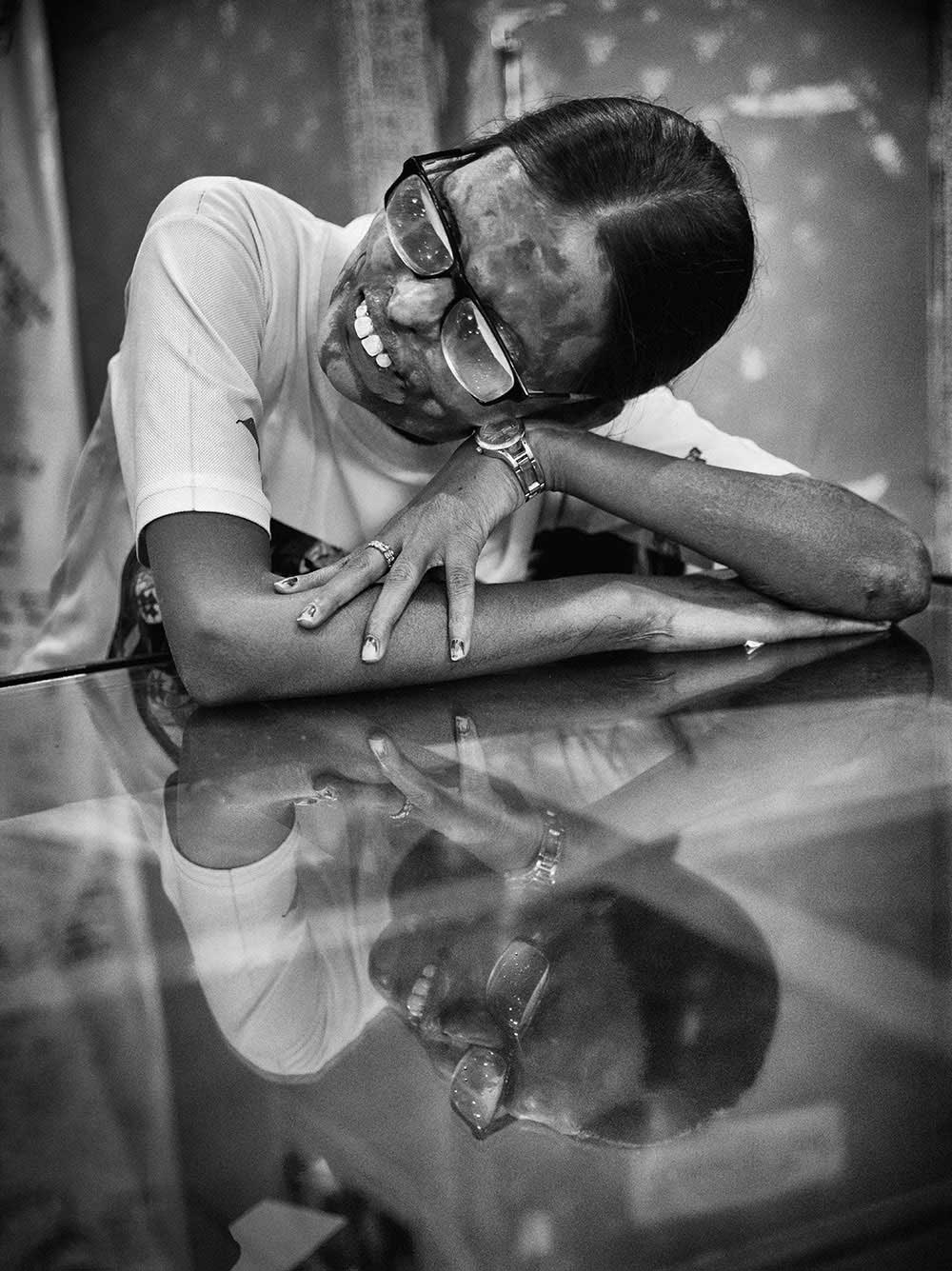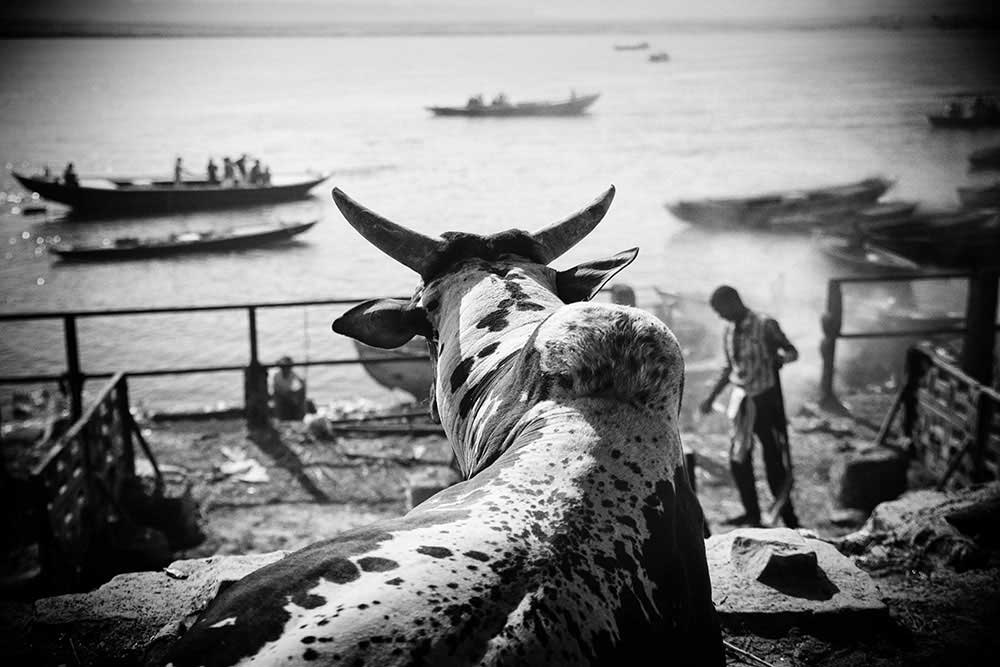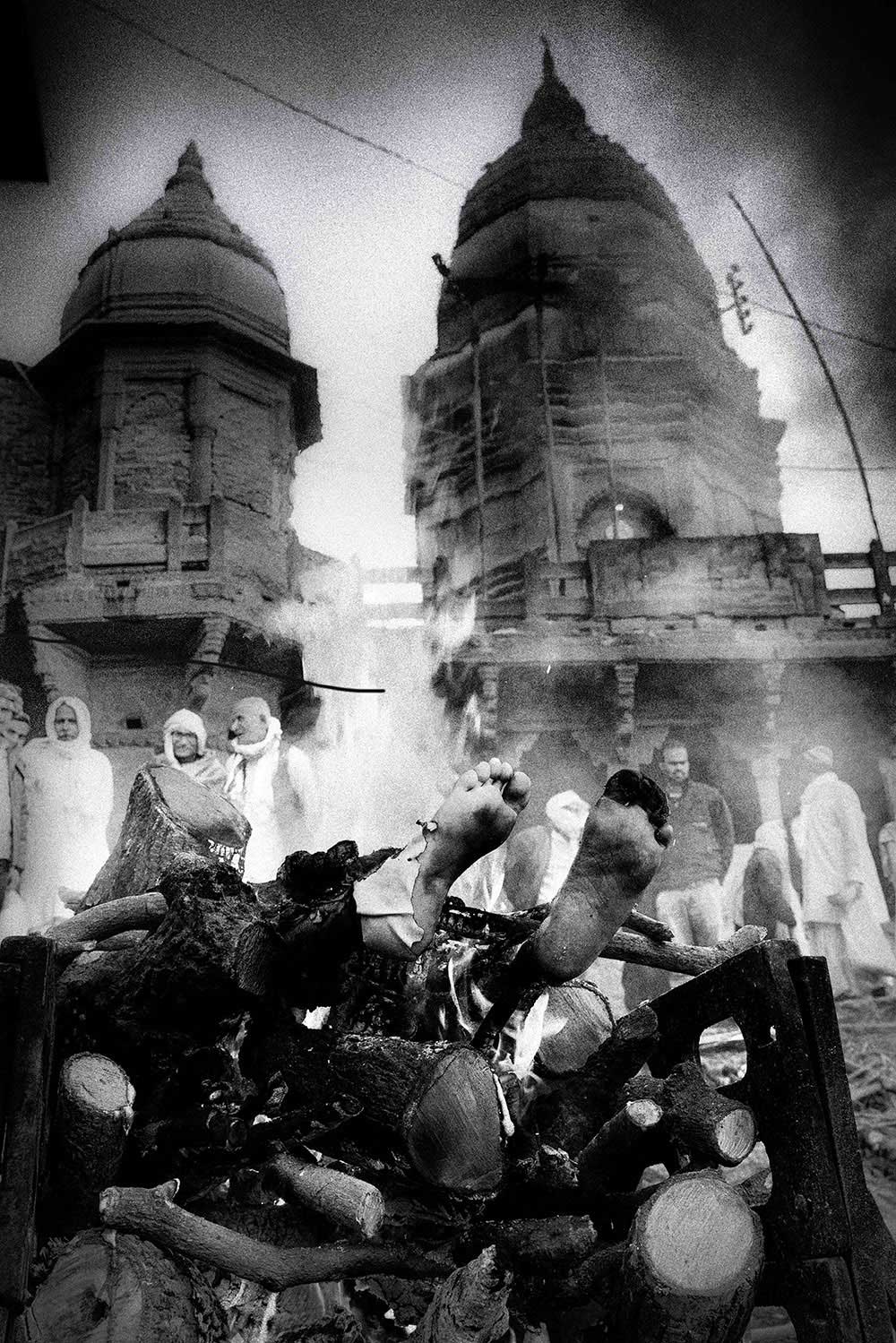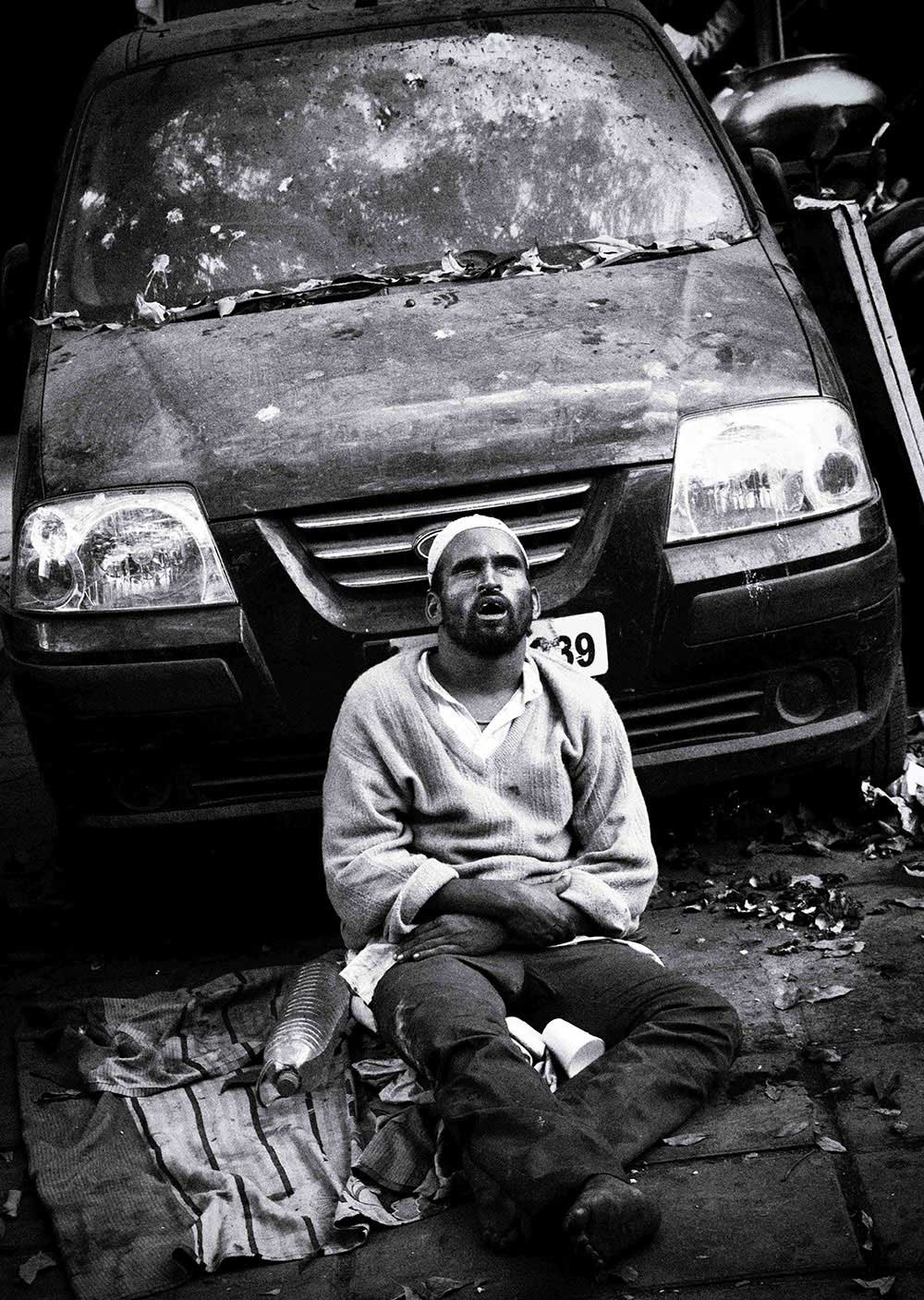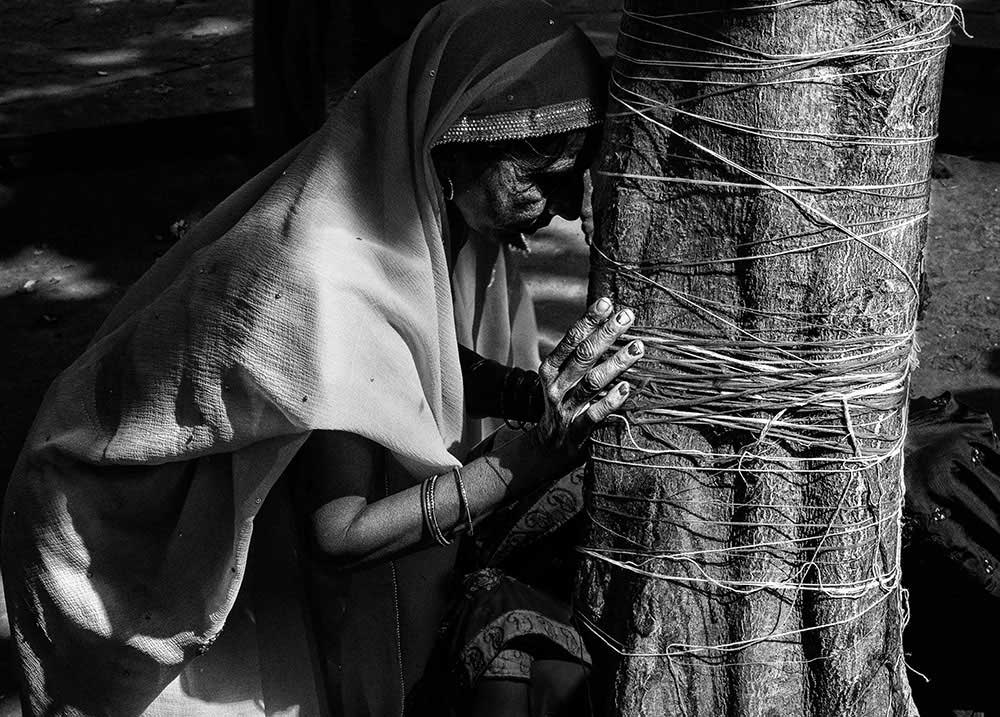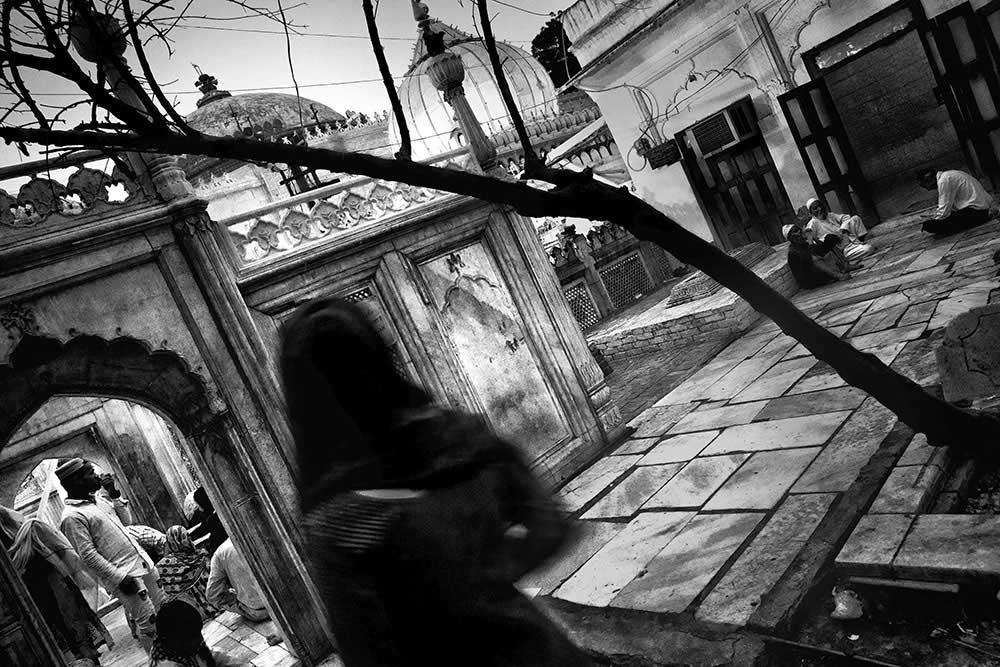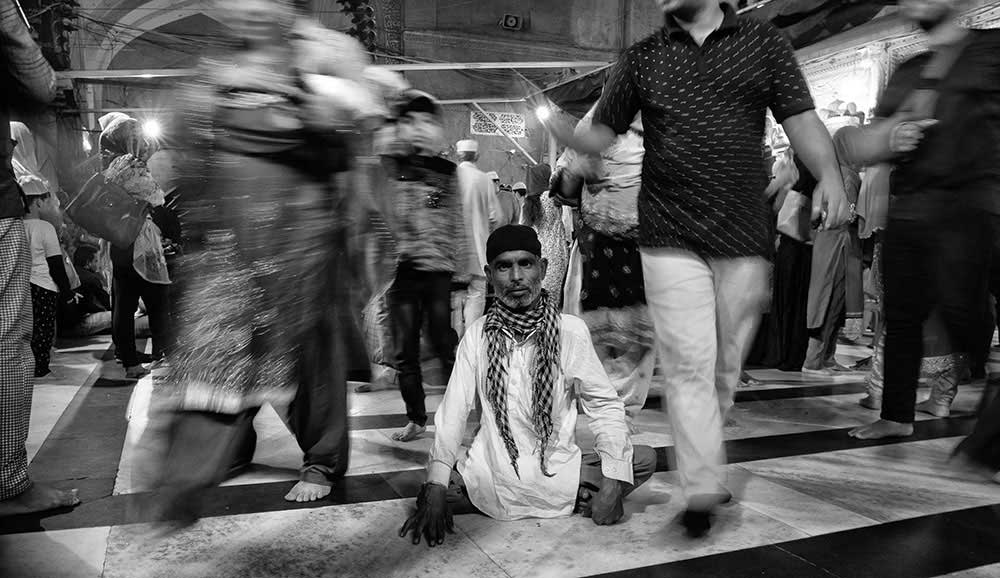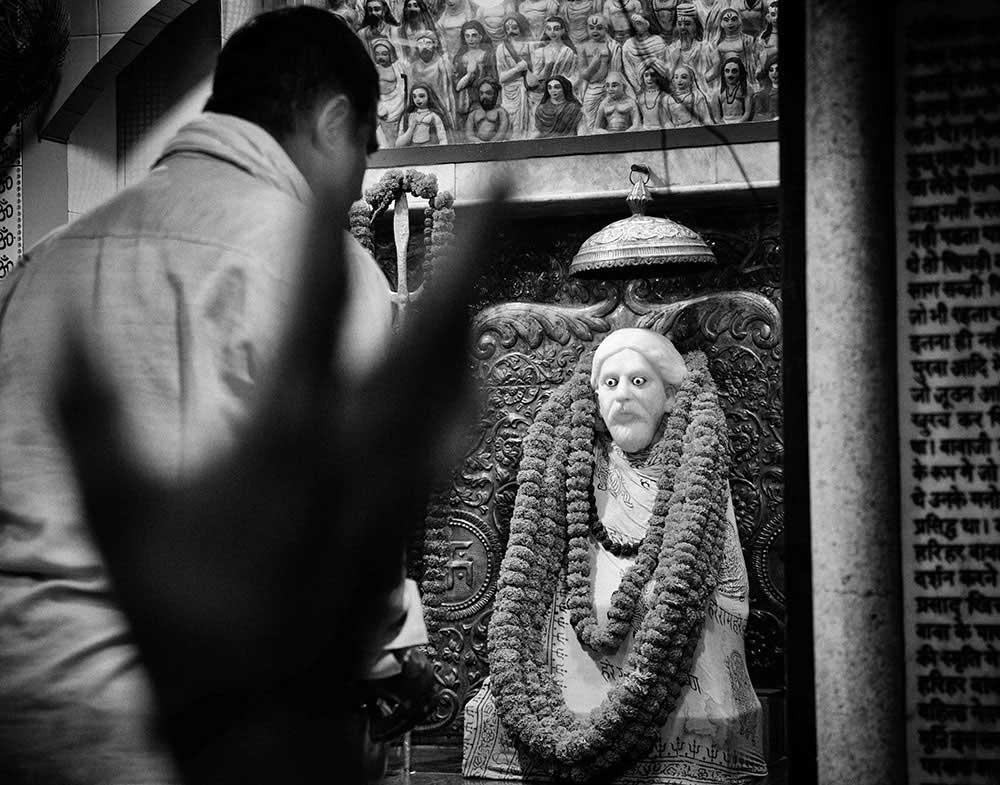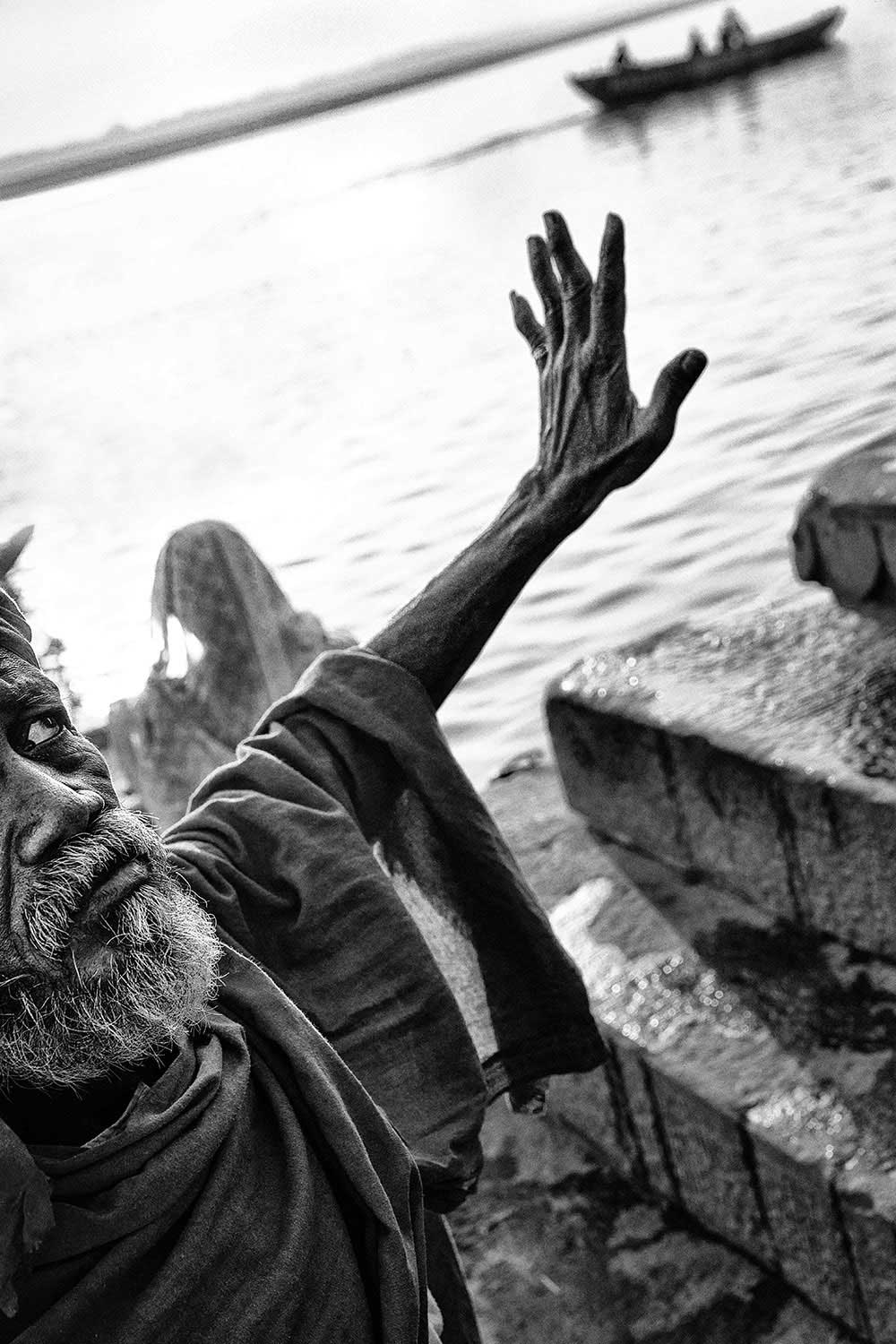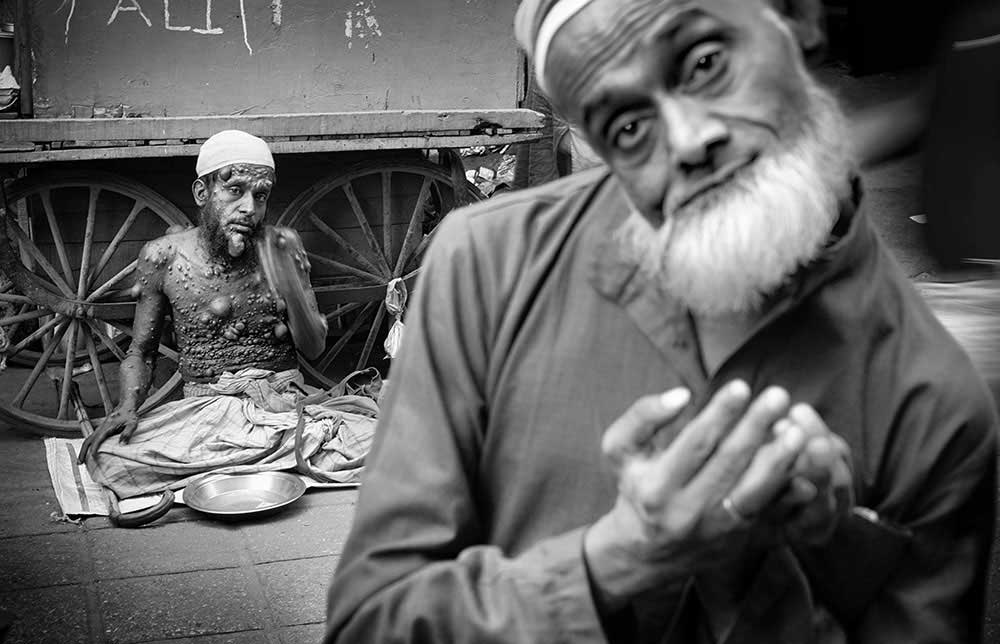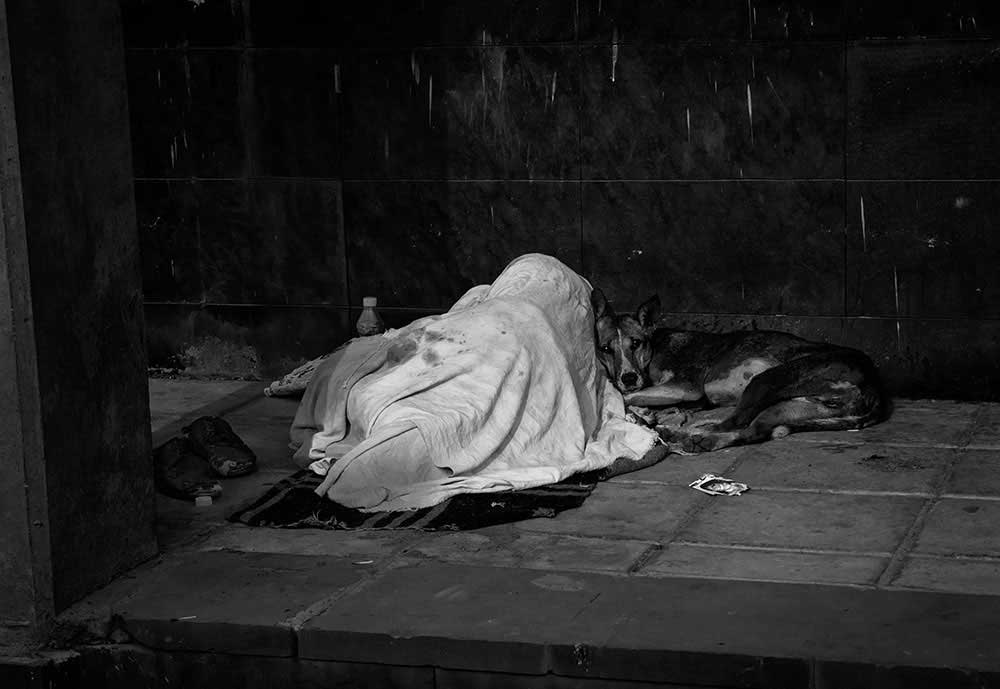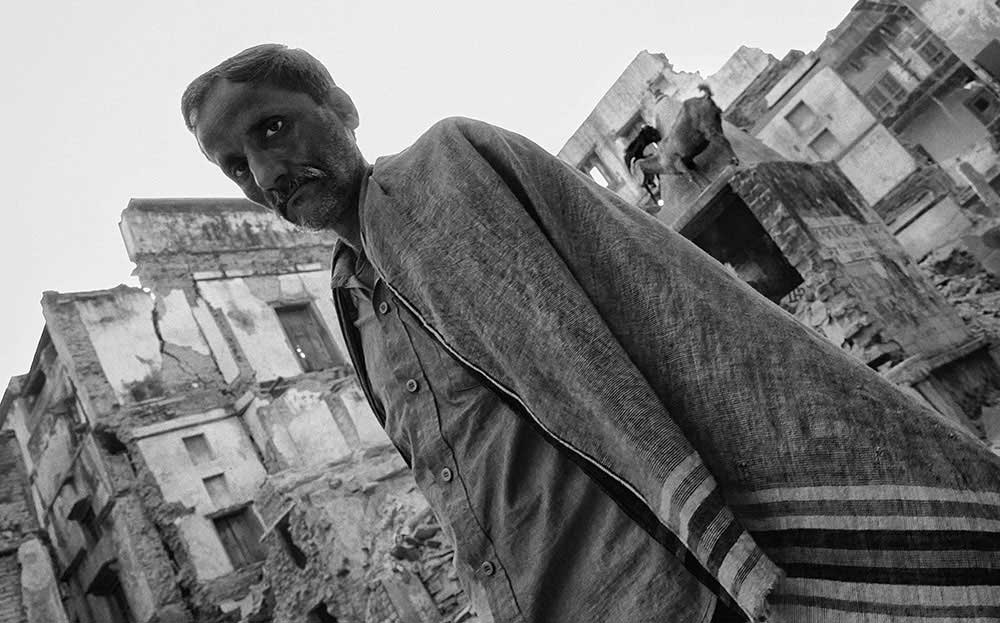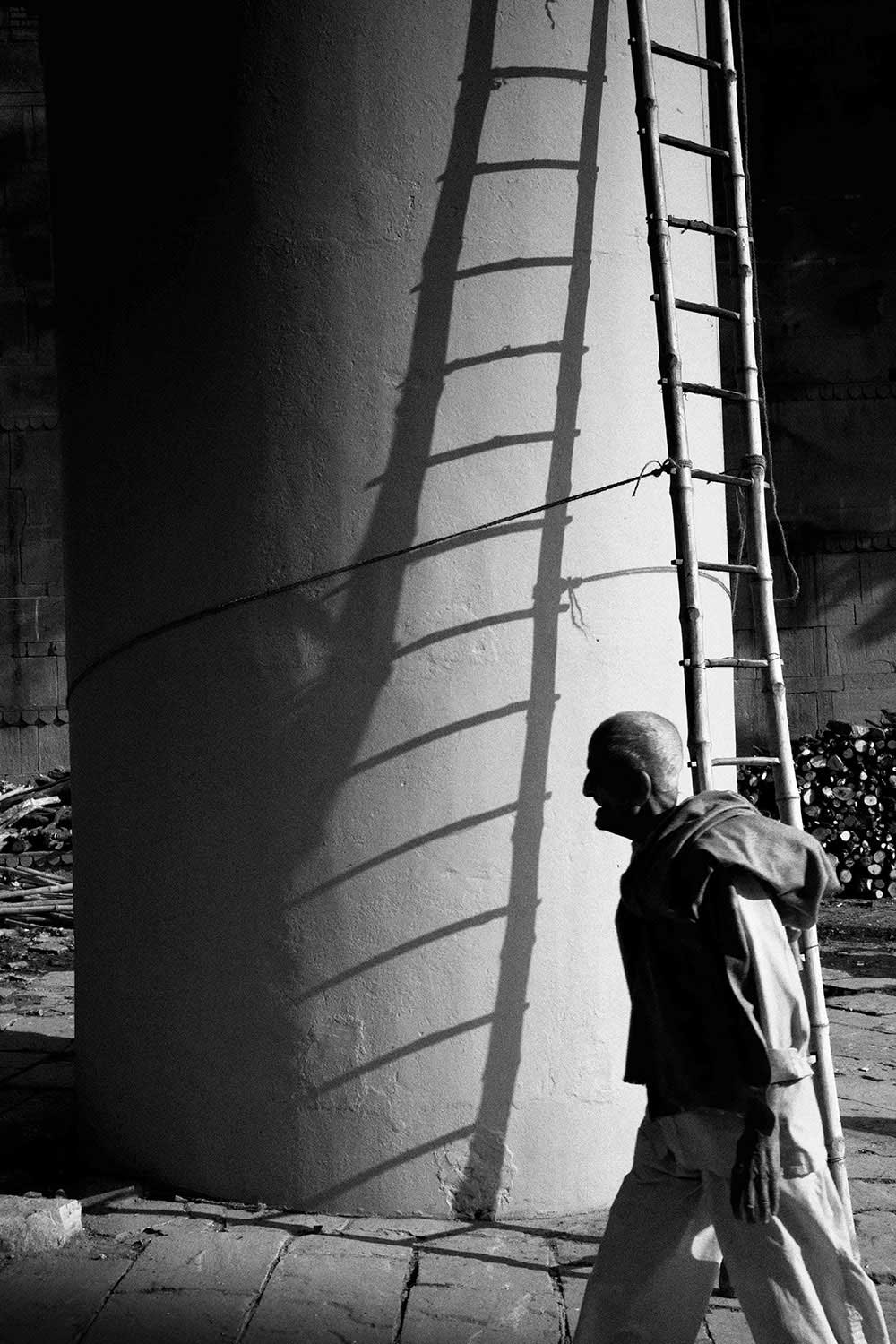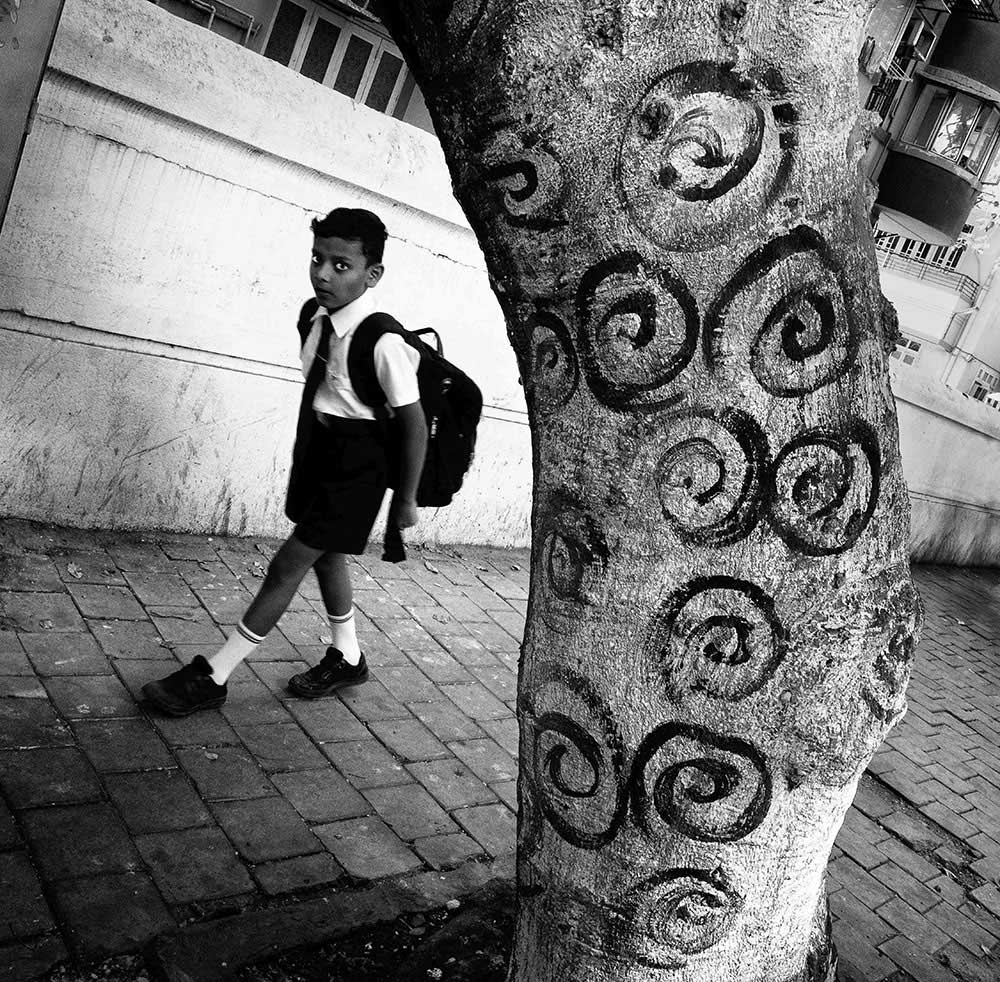I first visited India in 1997 when my work as a scientific researcher brought me to Bangalore. I had the fortune to be there on my own, … with more than 1 billion Indians around me, of course.
This full immersion provided a unique opportunity of encounter with one of the richest and most ancient cultures in the world. Ever since, I traveled to India several other times with my camera, portraying people, their lives and their smiles, and reporting on various societal aspects. The collection “Impressions of India” was realized during my last trip to India in November-December 2018 when I traveled through Uttar Pradesh, Madhya Pradesh and Maharashtra. It is meant to provide a raw, unfiltered, representation of the everyday, with its hardship and poetry, where people’s gestures and actions remain unaffected by the camera.
About Marco Campi
My name is Marco Campi, I’m a street and documentary photographer. Fascinatedby the diversity of mankind, I hit the street to portray the spare, and yet emotionallyrich, daily gestures and activities of people. No matter which endeavors I’m pursuing,the camera is my means to better understand the world animated by a constant aspiration to freeze intense moments charged with emotion and humanity.
I am an Italian academic and a photographer. My scientific studies evolve around a mathematical approach to cognitive sciences in an attempt to tie the concepts of observation, knowledge and uncertainty. In this field, I have pioneered the so-called“scenario approach”, have authored more than 80 articles in international journals and have delivered plenary addresses at the most prestigious conferences. I regularly lecture at the university of Brescia in Italy, besides delivering courses in Australia , France, Spain, Turkey and USA. My photographic bent developed early on in my life when I began exploring the environment with my Canon AE1. My approach to photography signs a continuity with my scientific studies where single frames are snapshots of humanity and a camera becomes a means of exploration to unveil connections and diversities in the society.
